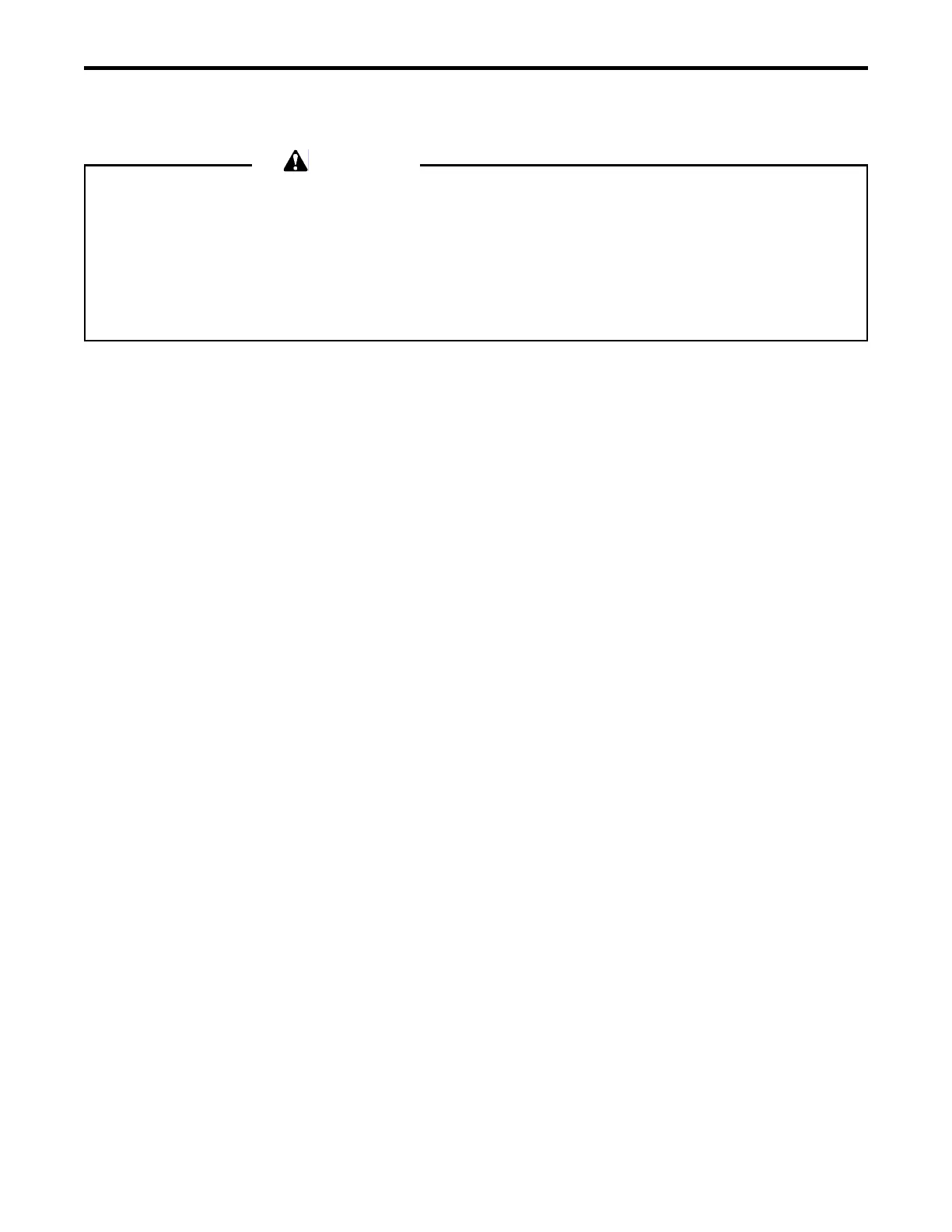MAINTENANCE
3-64
24.9.3 COOLING SYSTEM, REPLACE COOLANT AND FLUSH THE SYSTEM
WARNING
!! If the engine was just running, then the coolant could be hot and cause personal injury. Allow the engine
to cool before draining water.
!! Never remove the radiator cap when the engine is at operating temperature. At operating temperature, the
coolant is under pressure. Steam blowing up from the radiator could cause personal injury. Allow the
engine to cool until the radiator filler cap is cool enough to touch with your hand. Remove the filler cap
slowly to allow pressure to be relieved.
!! Never go under the vehicle while the engine I running, since cleaning is preformed while the engine is
running, it is very dangerous to go under the machine in case the vehicle starts moving.
GENERAL
The cooling system operates under pressure which is controlled by the pressure relief valve in the radiator cap.
The belt-driven water pump circulates the coolant through the engine block, cylinder heads, radiator and engine oil
cooler. Circulation is controlled by the thermostat which by-passes coolant flow around the radiator until the engine
reaches operating temperature.
Proper cooling is possible only when the system is sealed, the radiator cap gasket is in good condition, the pressure
relief valve and thermostats are operating properly. The system is free of coolant and air flow restrictions and the system
is filled to the proper level.
Selection and maintenance of the engine coolant is important to long engine life. The following information provides
recommendations for selecting the engine coolant, maintaining the coolant inhibitors and servicing the cooling system.
The system operates successfully with a water/antifreeze mixture or inhibited/conditioned water as the coolant. Water
alone allows rust, scale deposits, and corrosion to occur within the system.
After 2,000 hours or 1 year of operation, whichever comes first, the cooling system should be drained, flushed, and
refilled.
For complete coolant specifications see "20.3 COOLANT SPECIFICATIONS" on page 3-13

